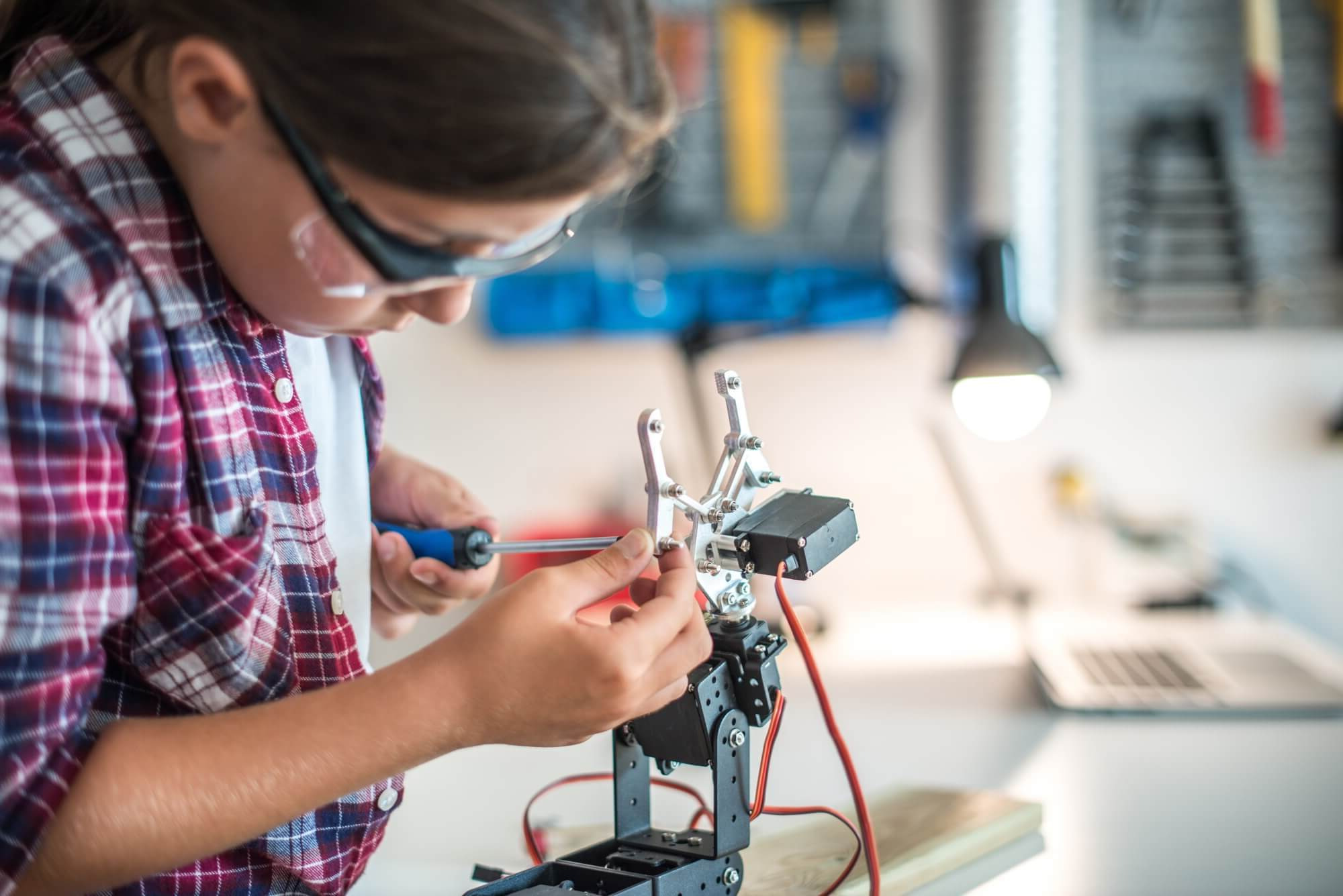
Robotics is a field that combines engineering, computer science, and technology to create machines capable of performing tasks autonomously or semi-autonomously. Robots can be found in various industries, from manufacturing to healthcare, and even in our homes. These mechanical marvels have revolutionized how we live and work, making processes faster, safer, and more efficient. But what exactly makes these machines tick? How do they sense their environment, make decisions, and execute actions? Understanding robotics involves delving into sensors, actuators, and algorithms that give robots their unique abilities. Whether you're a tech enthusiast or just curious, these 26 facts about robotics will give you a deeper appreciation for the incredible world of automated machines.
The Evolution of Robotics
Robotics has come a long way from its early beginnings. Here are some fascinating facts about how robots have evolved over time.
-
The term "robot" was first used in 1920 by Czech writer Karel Čapek in his play "R.U.R." (Rossum's Universal Robots).
-
The first industrial robot, Unimate, was created by George Devol in 1954. It was used in a General Motors factory to handle hot metal.
-
In 1966, Shakey the Robot was developed by Stanford Research Institute. It was the first robot capable of reasoning about its actions.
-
The Mars rovers, Spirit and Opportunity, landed on Mars in 2004. They were designed to explore the Martian surface and search for signs of water.
-
Sophia, a humanoid robot developed by Hanson Robotics, was activated in 2016. She has been granted citizenship by Saudi Arabia.
Robotics in Medicine
Robots are making significant strides in the medical field, transforming how surgeries and treatments are performed.
-
The da Vinci Surgical System, introduced in 2000, allows surgeons to perform minimally invasive surgeries with precision.
-
In 2019, a robot named Moxi was introduced to assist nurses with non-patient-facing tasks, such as fetching supplies.
-
Robotic prosthetics, like the LUKE Arm, provide amputees with advanced functionality and control, improving their quality of life.
-
Microbots are being developed to perform tasks inside the human body, such as delivering drugs directly to cancer cells.
-
Exoskeletons, like those developed by Ekso Bionics, help patients with spinal cord injuries regain mobility.
Robotics in Everyday Life
Robots are becoming increasingly integrated into our daily routines, making tasks easier and more efficient.
-
Roomba, the robotic vacuum cleaner, was introduced by iRobot in 2002. It autonomously cleans floors, navigating around obstacles.
-
Pepper, a humanoid robot by SoftBank Robotics, can recognize human emotions and engage in conversations.
-
Amazon's warehouse robots, introduced in 2012, have revolutionized order fulfillment by efficiently moving products around the warehouse.
-
Self-driving cars, like those developed by Tesla, use advanced robotics and AI to navigate roads and transport passengers safely.
-
Robotic lawn mowers, such as the Husqvarna Automower, autonomously maintain lawns by cutting grass and avoiding obstacles.
Robotics in Entertainment
Robots have also found their way into the entertainment industry, captivating audiences with their abilities.
-
Animatronics, used in movies and theme parks, bring characters to life with realistic movements and expressions.
-
The robot dog Aibo, developed by Sony, can perform tricks, recognize faces, and respond to voice commands.
-
In 2015, the robot band Compressorhead, made up of three robots, performed live music using real instruments.
-
BattleBots, a TV show featuring robot combat, has gained a large following since its debut in 2000.
-
The robot Asimo, created by Honda, can walk, run, climb stairs, and even dance, showcasing advanced robotics technology.
The Future of Robotics
The future of robotics holds endless possibilities, with advancements that could change the world as we know it.
-
Swarm robotics involves multiple robots working together to complete tasks, inspired by the behavior of social insects like ants and bees.
-
Soft robotics focuses on creating robots with flexible, adaptable materials, allowing them to perform delicate tasks.
-
Quantum computing could revolutionize robotics by providing immense computational power for complex problem-solving.
-
Robots are being developed to explore extreme environments, such as deep-sea trenches and outer space, where humans cannot safely go.
-
AI-powered robots could become personal assistants, helping with tasks like scheduling, shopping, and even companionship.
-
Ethical considerations in robotics are becoming increasingly important, as society grapples with questions about job displacement, privacy, and the potential for autonomous weapons.
The Future of Robotics
Robotics is transforming our world in ways we never imagined. From medical advancements to space exploration, robots are becoming integral to many fields. They’re not just in factories anymore; they’re in our homes, hospitals, and even our schools. Artificial intelligence and machine learning are making robots smarter, allowing them to perform complex tasks and learn from their experiences.
As technology continues to advance, the potential for robotics is limitless. We might soon see robots that can perform surgeries, assist in disaster relief, or even explore distant planets. The possibilities are endless, and the impact on our daily lives will be profound.
Understanding these facts about robotics helps us appreciate the incredible strides being made. It’s an exciting time to be alive, witnessing the dawn of a new era where humans and robots work together to solve some of the world’s biggest challenges.
Was this page helpful?
Our commitment to delivering trustworthy and engaging content is at the heart of what we do. Each fact on our site is contributed by real users like you, bringing a wealth of diverse insights and information. To ensure the highest standards of accuracy and reliability, our dedicated editors meticulously review each submission. This process guarantees that the facts we share are not only fascinating but also credible. Trust in our commitment to quality and authenticity as you explore and learn with us.
